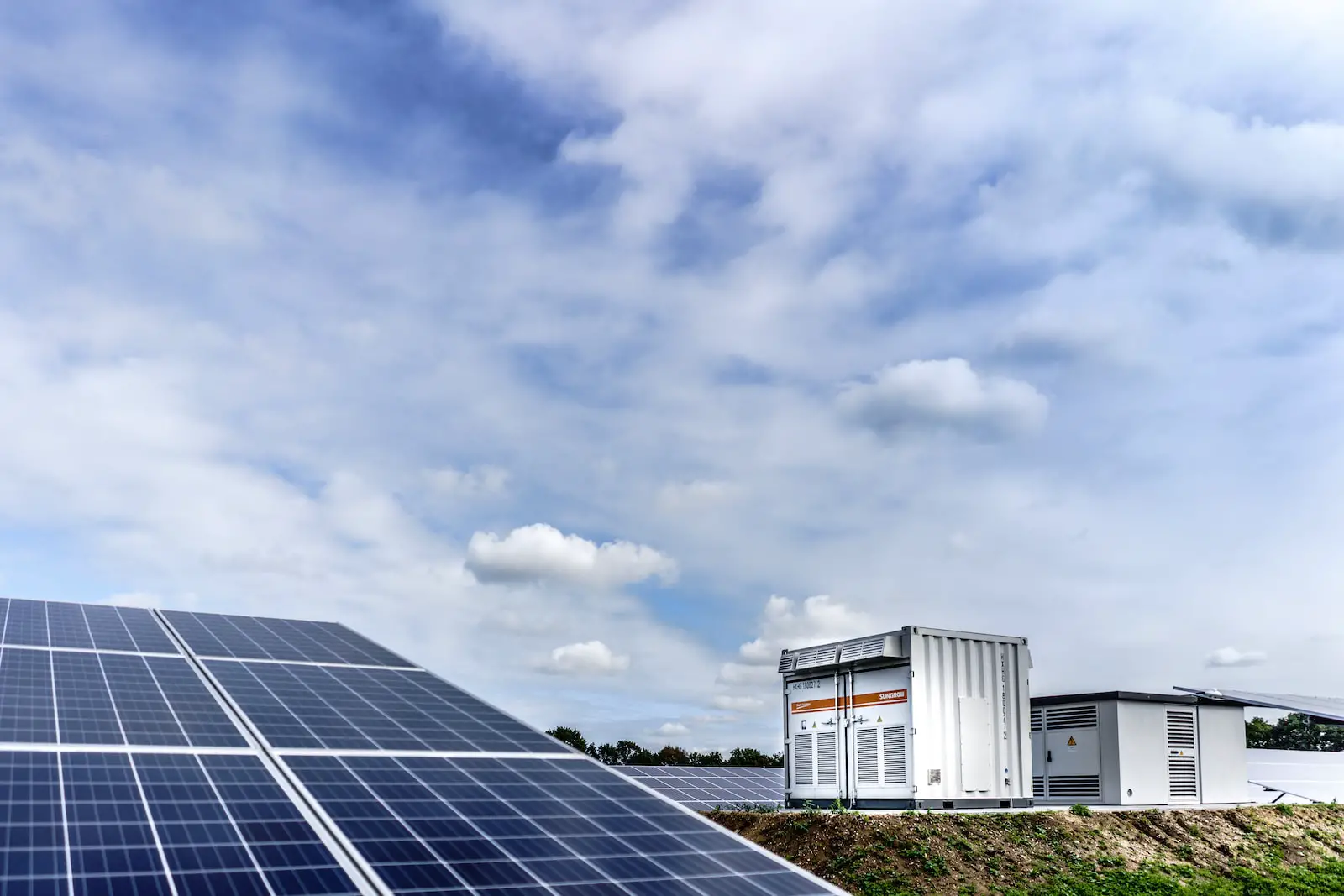The need for energy has risen quickly as a result of the expanding population and booming economy. The impact of countries’ continued massive energy use on the environment cannot be ignored.
When fossil fuels are used to provide energy, greenhouse gases are released, which has a detrimental effect on climate change.
Utilizing sustainable and renewable energy sources, such as solar and wind, to mention a few, is the only way to lessen the impact.
But what happens if the wind doesn’t blow or the sun goes down? How can one maintain a constant flow of energy to fulfill the increasing needs during such times?
In this case, battery energy storage is crucial.
A system for storing and releasing energy as needed is called a battery energy storage system. As a result, power systems are more effective and flexible while utilizing renewable energy sources.
A battery energy storage system consists of the following parts:
- Battery cells
- Onboard sensors
- Inverter
- Control system
- Monitoring system
What Are the Advantages of Energy Storage Systems?
Countries need to adopt energy storage technologies and switch to cleaner energy sources in order to pave the path for a more sustainable future.
The following are the top three advantages of utilizing energy storage systems:
1. Lowers expenses
Operational expenditures are increased by the skyrocketing cost of electricity. Lowering those electricity expenses is one strategy that businesses may use to try to turn a profit. Utilizing battery energy storage systems can assist you in doing that.
You may store the surplus energy generated throughout the day and use it later, when power prices are highest, by installing a battery storage system.
2. More trustworthy
Emergency power outages and natural disasters aside, the availability of electricity remains uncertain. These circumstances are likely to delay and interrupt corporate activities.
Therefore, it’s crucial to spend money on a dependable backup that can provide electricity in such unanticipated situations.
When that happens, having a battery storage system on hand is a helpful option. When you need it most, it offers emergency backup and a continuous source of energy.
3. Protects the natural world
Additionally beneficial to the environment is battery energy storage. Because it stores energy and releases it when demand is high, it lessens reliance on electric grids, which lowers greenhouse gas emissions.
It is reasonable to conclude that using battery energy storage encourages the usage of renewable energy sources while enhancing the effectiveness of power systems.
How Does Solar Energy Storage Work?
It only makes it logical to merge solar panels with battery energy storage systems, giving rise to solar batteries, as solar panels are one of the energy sources that are expanding the fastest.
How does the storage of solar energy work?
The extra energy generated by the solar panels is stored and preserved by the solar batteries that were installed. The stored energy is used when solar electricity isn’t being produced.
Electricity costs are cut as a result of the system’s lessened reliance on electric grids, which also makes it more self-sufficient. Not only that, but you also have access to the batteries’ extra power backup.
Solar energy storage devices are very simple to set up, need little upkeep, and are often waterproof.








